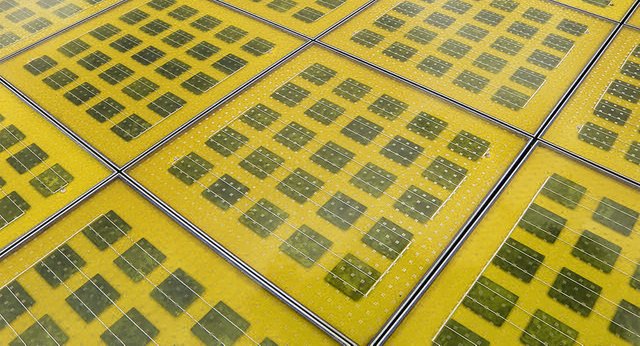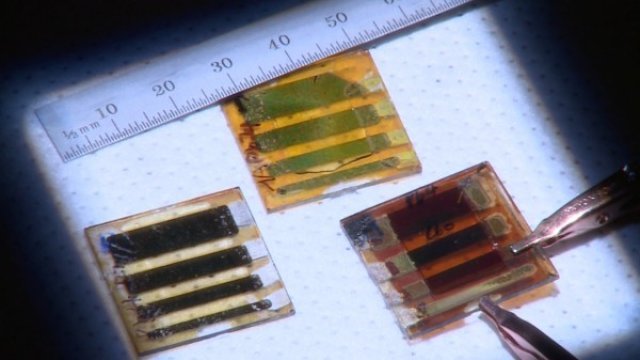
The Los Alamos National Laboratory’s mission is to, among other things, conduct research to help strengthen the security of energy for the USA. The work is multidisciplinary and includes the exploration of alternative energy sources.
Perovskite crystals were first discovered in 1839 and these have been used since the 1970s for their oxide ion-conducting properties. In solar cells, the light-harvesting active layer, which is commonly a tin halide-based material or hybrid organic-inorganic lead, often uses a perovskite-structured compound.
Insights into 3D perovskite efficiency recovery was obtained by work previously done by the Los Alamos team. The results included the fact that the 3D structures gives small timeouts in a dark space. Not only do 3D perovskites have power conversion efficiencies of better than 20%, they also exhibit remarkable photo-physical properties. In spite of this impressive efficiency (compared to a mere 4.73% achieved by 2D structures), the downside of using 3D perovskites structures is their poor performance in humidity, heat and light related stress tests.
In an effort to overcome the 3D weaknesses, research teams from various institutions have been looking at 2-D structures, which are believed to be more resilient. Rather than the research turning into a race, researches from Los Alamos National Laboratory, Northwestern University and Rice University are working on the project together. Mercouri G. Kanatzidis from Northwestern notes that there is a very strong synergy between the institutions. While the Los Alamos team excels at making solar cells, which are optimizing high performance, Northwestern’s materials design team proved that the 2D approach is promising by designing and preparing high quality samples of the materials.

Three groups of large-area solar cells made out of 2-D perovskites. On the left, a room-temperature cast film; upper middle is a sample with the problematic band gap and at right is the hot-cast sample with the best energy realization. (Image credit: Los Alamos National Laboratory)
Wanyi Nie, a Los Alamos researcher, states that the typical 3-D organic-inorganic crystals that have been used in the past is trumped by the new 2-D perovskite on both an efficient and stability level. This holds true in exposure to the air as well as under constant lighting.
Before the crystal orientation techniques, that have recently been mastered, typical 2D crystal structures only achieved a 4.73 percent conversion efficiency. This was due to organic cations hitting the gap between layers caused by out-of-plane alignment of the crystals. The problem that has stymied researches for the last 20 years is how to “flip” or orientate the crystals during the actual casting process. Hsinhan Tsai, a Rice graduate student working with senior researcher Aditya Mohite at Los Alamos, believes their spin-casting technique is the breakthrough that will bring 2D perovskite crystals closer to use in the manufacture of solar cells.
This technique is used to create layered crystals during a hot casting process. The resultant layers cause electrons to flow vertically down the material resulting in them not being blocked by organic cations mid-layer. The resultant 2D layered perovskite has outstanding stability and the material's previous power conversion efficiency has more than tripled, allowing it to achieve a whopping 12 percent efficiency.
The production of the new single-crystalline thin-films paves the way for a new generation of stable solar cell devices. The possible applications are however not limited to photovoltaics, but could compete with current generation optoelectronic devices such as lasers, sensors and LEDs (light-emitting diodes).
The full study was published in Nature journal.

Like what you read (without annoying ads :) ) ? Then please upvote our posts and follow us for the best daily science news on SteemIt!
I upvoted You
Downvoting a post can decrease pending rewards and make it less visible. Common reasons:
Submit
Downvoting a post can decrease pending rewards and make it less visible. Common reasons:
Submit